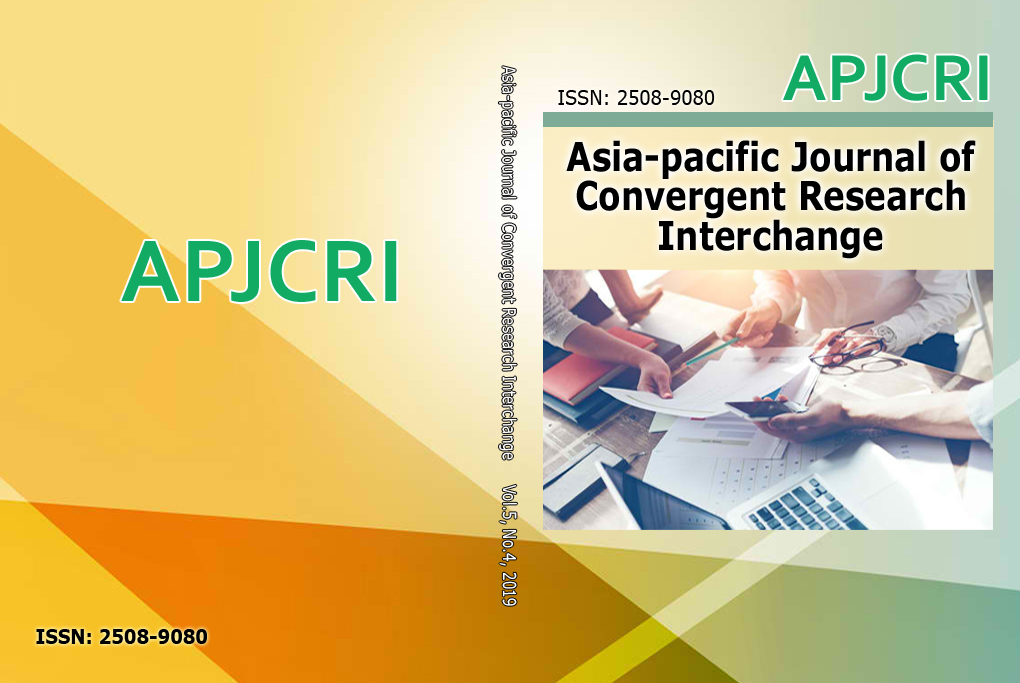References:
[1] S. Coontz, The world historical transformation of marriage, Journal of Marriage and Family, (2004), pp.974-979.
[2] C. T. L. Wang, E. Schofer, Coming out of the penumbras: World culture and cross-national variation in divorce rates, Social Forces, (2018), Vol.97, No.2, pp.675-704.
[3] D. J. Frank, B. J. Camp, S. A. Boutcher, Worldwide trends in the criminal regulation of sex, 1945 to 2005, American Sociological Review, (2010), Vol.75, No.6, pp.869-893.
[4] K. Toth, M. Kemmelmeier, Divorce attitudes around the world: Distinguishing the impact of culture on evaluations and attitude structure, Cross-Cultural Research, (2009), Vol.43, No.3, pp.280-297.
[5] M. Chen, P. S. Yip, Decomposing the crude divorce rate in five countries: Singapore, Taiwan, South Korea, the UK, and Australia, Asian Population Studies, (2018), Vol.14, No.2, pp.137-152.
[6] KOSIS, List of statistics, (2022)
Available from: https://kosis.kr/statHtml/statHtml.do?orgId=101&tblId=DT_1B8000G&checkFlag=N
[7] D. Bremmer, R. Kesselring, Divorce and female labor force participation: Evidence from times-series data and cointegration, Atlantic Economic Journal, (2004), Vol.32, No.3, pp.175-190.
[8] V. H. Menec, The relation between everyday activities and successful aging: A 6-year longitudinal study, Journals of Gerontology Series B: Psychological Sciences and Social Sciences, (2003), Vol.58, No.2, pp.74-82.
[9] K. M. Everard, H. W. Lach, E. B. Fisher, M. C. Baum, Relationship of activity and social support to the functional health of older adults, Journals of Gerontology Series B: Psychological Sciences and Social Sciences, (2000), Vol.55, No.4, pp.208-212.
[10] Y. H. Hu, C. J. Chiu, J. D. Wong, D. C. Lin, L. A. Wray, The role of leisure activities in the relationship between marital transition in later midlife and psychological well-being trajectories, International Journal of Aging and Human Development, (2018), Vol.86, No.4, pp.327-346.
[11] J. H. Stubbe, M. M. De Moor, D. I. Boomsma, E. C. De Geus, The association between exercise participation and well-being: A co-twin study, Preventive Medicine, (2007), Vol.44, No.2, pp.148-152.
[12] X. Wei, S. Huang, M. Stodolska, Y. Yu, Leisure time, leisure activities, and happiness in China, Journal of Leisure Research, (2015), Vol.47, No.5, pp.556-576.
[13] R. B. Zabriskie, B. P. McCormick, Parent and child perspectives of family leisure involvement and satisfaction with family life, Journal of Leisure Research, (2003), Vol.35, No.2, pp.163-189.
[14] L. Skogrand, A. C. Johnson, A. M. Horrocks, J. DeFrain, Financial management practices of couples with great marriages, Journal of Family and Economic Issues, (2011), Vol.32, No.1, pp.27-35.
[15] S. M. Stanley, H. J. Markman, S. W. Whitton, Communication, conflict, and commitment: Insights on the foundations of relationship success from a national survey, Family Process, (2002), Vol.41, pp.659-675.
[16] E. Maret, B. Finlay, The distribution of household labor among women in dual-earner families, Journal of Marriage and Family, (2004), Vol.46, No.2, pp.357-364.
[17] L. Ruppanner, M. Brandén, J. Turunen, Does unequal housework lead to divorce? Evidence from Sweden, Sociology, (2018), Vol.52, No.1, pp.75-94.
[18] T. Oshio, K. Nozaki, M. Kobayashi, Division of household labor and marital satisfaction in China, Japan, and Korea, Journal of Family and Economic Issues, (2013), Vol.34, No.2, pp.211-223.
[19] A. Zimmermann, R. A. Easterlin, Happily ever after? Cohabitation, marriage, divorce and happiness in Germany, Population and Development, (2006), Vol.32, pp.511-528.
[20] M. Shields, M. Wooden, Marriage, children and subjective well-being. 8th Australian Institute of Family Studies Conference, Melbourne, Australia, (2003)
[21] C. M. Gibson‐Davis, Money, marriage, and children: Testing the financial expectations and family formation theory, Journal of Marriage and Family, (2009), Vol.71, No.1, pp.146-160.
[22] A. Brajša- A, M. Merkaš, I. Šverko, Quality of life and leisure activities: How do leisure activities contribute to subjective well-being?, Social Indicators Research, (2011), Vol.102, No.5, pp.81-91.
[23] D. K. Orthner, Leisure activity patterns and marital satisfaction over the marital career, Journal of Marriage and Family, (1975), Vol.37, No.1, pp.91-102.
[24] G. T. Smith, D. K. Snyder, T. J. Trull, B. R. Monsma, Predicting relationship satisfaction from couples' use of leisure time, American Journal of Family Therapy, (1988), Vol.16, No.1, pp.3-13.
[25] H. A. Johnson, R. B. Zabriskie, B. Hill, The contribution of couple leisure involvement, leisure time, and leisure satisfaction to marital satisfaction, Marriage & Family Review, (2006), Vol.40, No.1, pp.69-91.
[26] Y. J. Lee, Childbirth and Change in Marital Satisfaction of Wives: The Mediating Effects of Changes in Leisure with Husbands and in Their Housework, Korean Journal of Family Welfare, (2019), Vol.24, No.4, pp.519-538.
[27] H. Y. Joo, E. W. Joo, Paid-work, Housework, Care-work, Leisure Time Use Effects on Leisure Satisfaction: Focusing on Dual Earner Couples’ Spouse Effects, Korea Journal of Population Studies, (2021), Vol.44, No.1, pp.109-133.
[28] J. S. Lim, Studies on Leisure Satisfaction and Family Relationships among Married Couple According to Leisure Selection Types and Consistency of Leisure Activity, International Journal of Human Movement Science, (2017), Vol.56, No.1, pp.613-622.
[29] https://klowf.kwdi.re.kr/portal/introSummaryPage.do?, Jan 17 (2023)
[30] J. M. Hellerstein, Quantitative data cleaning for large databases, United Nations Economic Commission for Europe (UNECE), (2008), Vol.25, pp.1-42.
[31] H. P. Blossfeld, K. Golsch, G. Rohwer, Event History Analysis with Stata, (2nd ed.), Routledge, (2019)
[32] J. M. Box-Steffensmeier, B. S. Jones, Event History Modeling: A Guide for Social Scientists, Cambridge University Press, (2004)
[33] J. Dew, Financial issues and relationship outcomes among cohabiting individuals, Family Relations, (2011), Vol.60, No.2, pp.178-190.
Citations:
APA:
Kim, D., Kim, E. (2023). Event History Analysis on Cessation of leisure activities Among Married South Korean Women from 2007 to 2018. Asia-pacific Journal of Convergent Research Interchange (APJCRI), ISSN: 2508-9080 (Print); 2671-5325 (Online), KCTRS, 9(3), 213-226. doi: 10.47116/apjcri.2023.03.18.
MLA:
Kim, Daseul, et al. “Event History Analysis on Cessation of leisure activities Among Married South Korean Women from 2007 to 2018.” Asia-pacific Journal of Convergent Research Interchange, ISSN: 2508-9080 (Print); 2671-5325 (Online), KCTRS, vol. 9, no. 3, 2023, pp. 213-226. APJCRI, http://apjcriweb.org/content/v9n3/18.html.
IEEE:
[1] D. Kim, E. Kim, “Event History Analysis on Cessation of leisure activities Among Married South Korean Women from 2007 to 2018.” Asia-pacific Journal of Convergent Research Interchange (APJCRI), ISSN: 2508-9080 (Print); 2671-5325 (Online), KCTRS, vol. 9, no. 3, pp. 213-226, March 2023.
